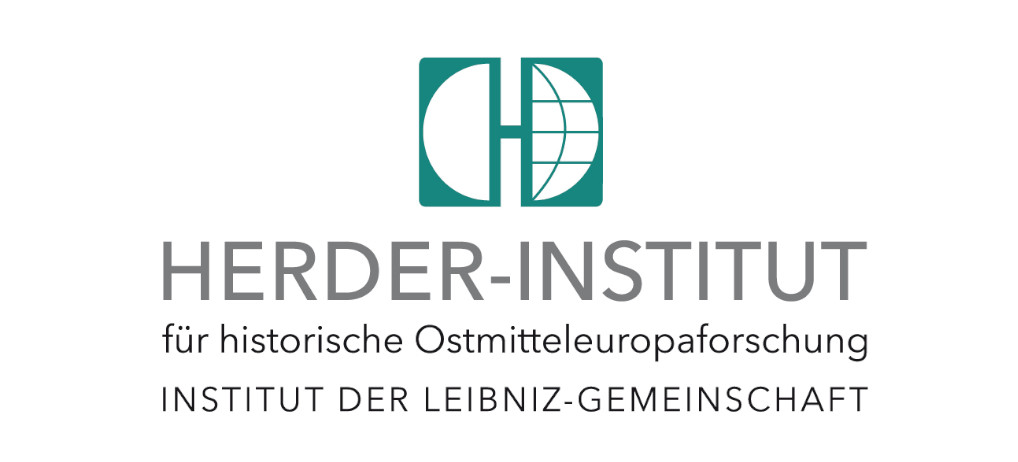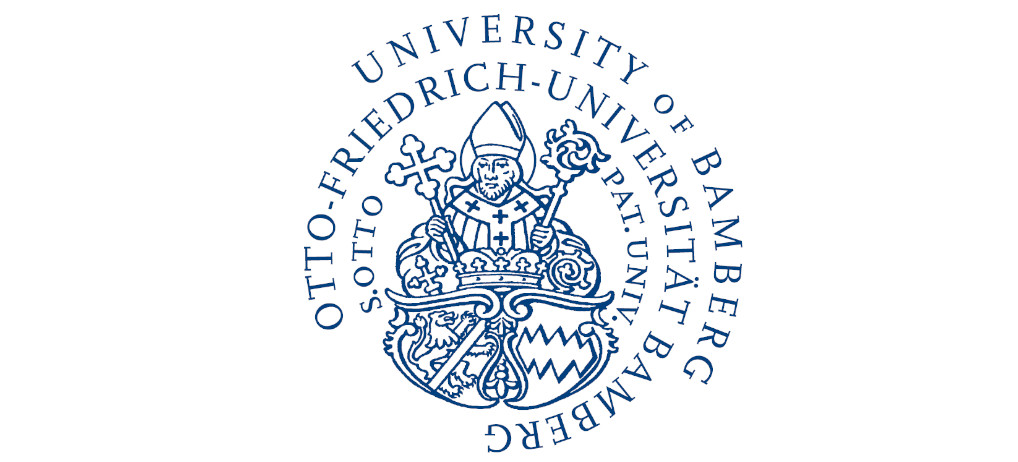Main Content
Subproject B04
Security of the State and Security from the State in Europe, Russia and the United States in the 19th Century
1. Funding period (2014-2017)
The protection of political leaders and their advisors has always been a particularly important task of internal security. However, the profound changes of the "saddle period" (Reinhart Koselleck) around 1800 posed special challenges to the ruling security regimes. For with the emergence of alternative designs of political order, in the person of heads of state, governments, and representatives of the people, the political orders they represented and upheld were also under attack.Therefore, the planned subproject pursues the question of how the societies first and directly affected by the changes of the saddle period - Europe, Russia, and the United States of America - reacted in terms of security policy to the collective and individual violence that was an immanent part of the emergence of bourgeois society and the formation of the nation-state.
It thus addresses the security measures with which heads of state, governments, political leaders, and affected populations responded to revolutions, counter-revolutions, and uprisings around 1800 in order to protect themselves and their sociopolitical order. In doing so, the project covers the period from about 1770 to 1830, that is, from the Ancien Régime through the revolutionary era and the period of the Revolutionary and Napoleonic Wars to the Congress of Vienna and the Restoration period.
Specifically, the focus of the subproject is on the emergence and development of the revolutionary and restoration security regimes. One work project within the subproject compares security practices and culture in the American and French Revolutions in an exemplary manner, while a second examines the security policy responses of European monarchies using selected examples.
The three key concepts of the Collaborative Research Center - communication processes, space, and actors - guide the analysis. That is, 1) the discourse on security among heads of state and government officials on the one hand and the general population on the other, 2) the material environment of heads of state and their security experts, and 3) the security experts themselves (such as security and surveillance committees, elite regiments, guards, regular and irregular militias, or the emerging secret police) and their practices are the primary objects of study.
The overarching goal of the subproject is to examine processes of securitization that target the state and its representatives, as well as their consequences. The first hypothesis is that violence in the form of threats to heads of state, key politicians, and the political order was central to the establishment and expansion of a national security state (Michael Hogan) in nineteenth-century Europe. The second hypothesis is that the enforcement of human rights and freedoms was accompanied from the beginning by their security-related restriction and new forms of violence. The securitization on the part of the state created new insecurities elsewhere. In view of sociological analyses of the loss of importance of the nation-state in security policy, the planned sub-project asks how the nation-state became a security policy actor, also and especially in relation to its own existence. In doing so, it aims at the emergence of the concept of security, which was valid until the recent past.
Inhalt ausklappen Inhalt einklappen Members
Subproject Head
PD Dr. Carola Dietze
Research Assistant
Dr. Iwan Iwanov



